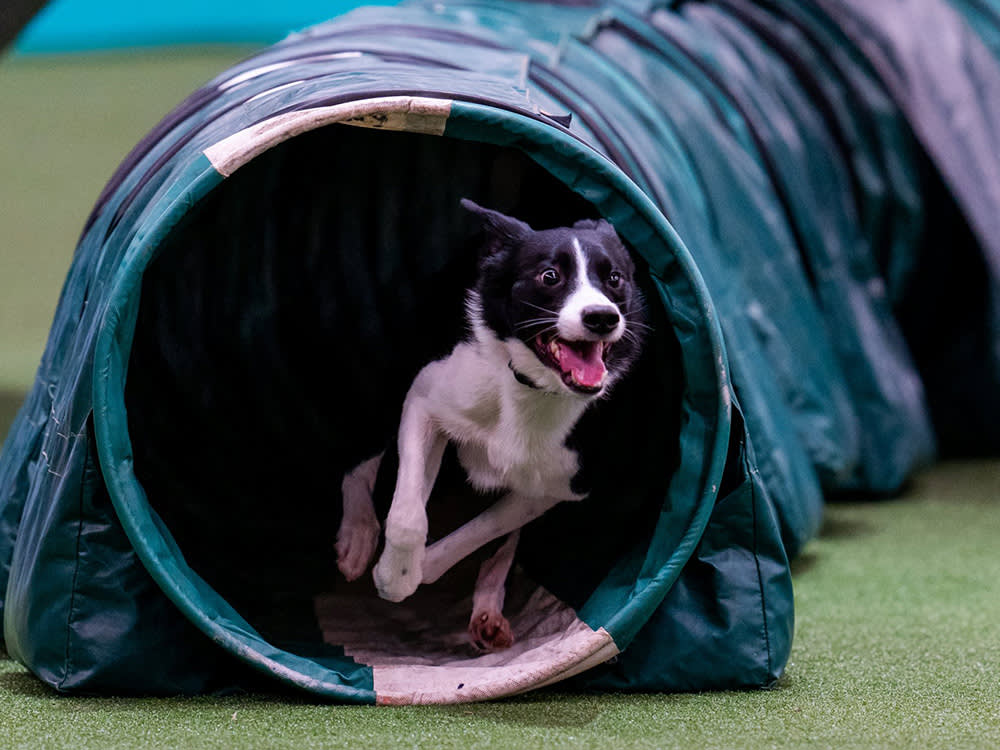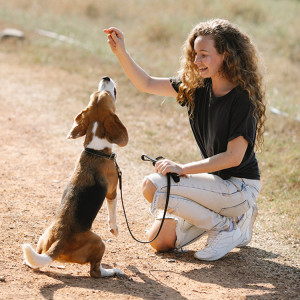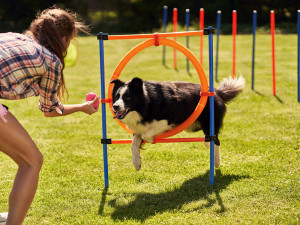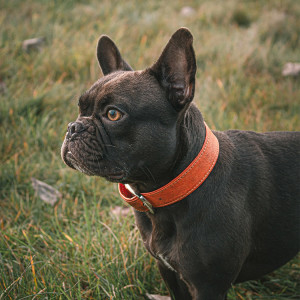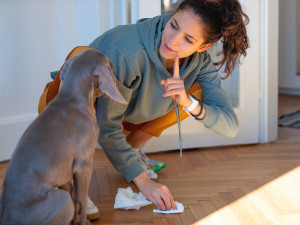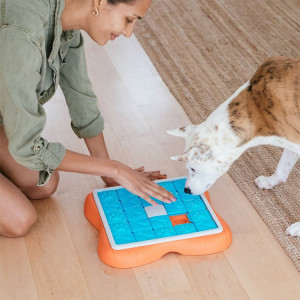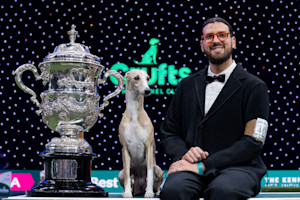What Does it Take to Be a Crufts Competitor? Tips From World-Class Trainers
And they all say the same simple thing…
Every year, dog enthusiasts from around the globe gather in Birmingham for one of the most prestigious events in the canine world: Crufts. The four-day extravaganza showcases a wide range of competitions, including obedience, agility, flyball and heelwork to music, catering to dogs of all breeds, shapes and sizes.
Crufts is not just a dog show; it’s a celebration of the incredible bond between humans and their furry companions. From its humble beginnings in 1891opens in new tab, Crufts has grown into the largest dog show in the world, attracting thousands of dogs and their handlers each year. But what does it take to compete at this elite level? We spent the day at Crufts and caught up with world-class trainers to gather insights and tips. Whether you and your pup are aspiring Crufts competitors or just want to explore a new hobby to strengthen your bond, here’s everything you need to know.
What does it take to become a Crufts competitor?
From the thrill of flyball to the agility of an obstacle course or the creativity of heelwork to music, competing at Crufts requires dedication, patience and a strong bond between dog and handler. With the right mindset and training approach, any dog can shine on the Crufts stage, showcasing the incredible talents and abilities of our beloved canine companions.
Adapt training to the individual dog
For Kim Gillespieopens in new tab, a seasoned dog trainer and member of Focus flyball team, who came first in Thursday‘s competition, success in flyball comes down to a perfect blend of speed and intelligence. Not sure what Flyball is? Think: speedy team relay over hurdles to reach a box with a ball and dart back again. However, it’s not just about the breed. Kim emphasises adjusting each training journey to the individual dog.
In the world of flyball, where reaching for the ball is a vital element, Kim highlights the surprising challenge of training dogs obsessed with a ball. These ball-focused pups can struggle with the box turns. “If you’ve got a dog that’s kind of going to get you a ball for the sake of coming back for a reward of food, it can be a little bit easier, but it really depends on the dog,” says Kim.
But the most important part of Crufts training? Making it enjoyable for your furry friend. “The main thing I would say is your training has got to be fun,” she says. “Yes, we take it very seriously in terms of what we’re doing when we compete, but making sure that your dog’s having a good time, that you reward them for that positive behaviour and that you’re not using negative reinforcement is key.”
Commit to your training and your pup
Mia Steedmanopens in new tab, a 15-year-old gold medalist in the 2023 Junior Open Agility World Championships, knows a thing or two about agility training with her Border Collie, Rosie. Mia’s advice for aspiring agility competitors is simple, yet crucial: be patient, find a good training school, and most importantly, have fun.
Giving 100 percent is just as important to Mia. “Don’t get too stressed, and commit to it,” she advises aspiring agility enthusiasts, shedding light on the age-old debate of nature versus nurture in the quest for Crufts success. Addressing the common misconception that specific breeds are required for agility, Mia thinks “any dog can do agility if you’re committed to it”.
Mia believes that all dogs can excel in agility with commitment and dedication. Training for competition involves regular practice, focusing on course running, skills and overcoming any potential obstacles. Rosie’s journey, which began with confidence struggles, highlights the significance of exposing dogs to different environments to build confidence.
Confidence is key
Andrea Deller, who debuted with her Border Collie, Bria, in the heelwork to music category at Crufts 2024, also highlights the importance of building confidence and trust in your dog. Starting training from a young age, Andrea focused on early life-skill training, gradually transitioning to tricks and behaviours as Bria grew older. “Getting her feeling relaxed in different environments was key,” says Andrea.
The transition from training at home to the grandeur of the Crufts arena requires a meticulous approach, and Andrea advocates for gradually introducing the elements of the competition into the training routine. “Make the ring really fun to be in,” she says, (we’re seeing a theme here…).
Acclimatising dogs to the show environment requires exposure and relentless socialisation from an environmental point of view. “It is literally doing little things like going the day before and walking around,” says Andrea. “Keep doing it until they’re so used to it, it’s not new anymore.”
“You have to go to different areas, go to different arenas, go to competitions, find competitions in arenas, in a field or anywhere where it’s a change of environment,” adds Mia. “Sort of like the socialising aspect but from an environmental point of view.”
Whilst it’s clear that success lies in the harmonious partnership between dog and handler, built on trust, dedication and a whole lotta love, it seems some of the most crucial training tips are actually the most simple. So, to all aspiring Crufts competitors out there, remember: socialise your pup, stay patient, and above all, have fun with your furry teammate. Who knows? The next Crufts champion could be you and your four-legged friend.
